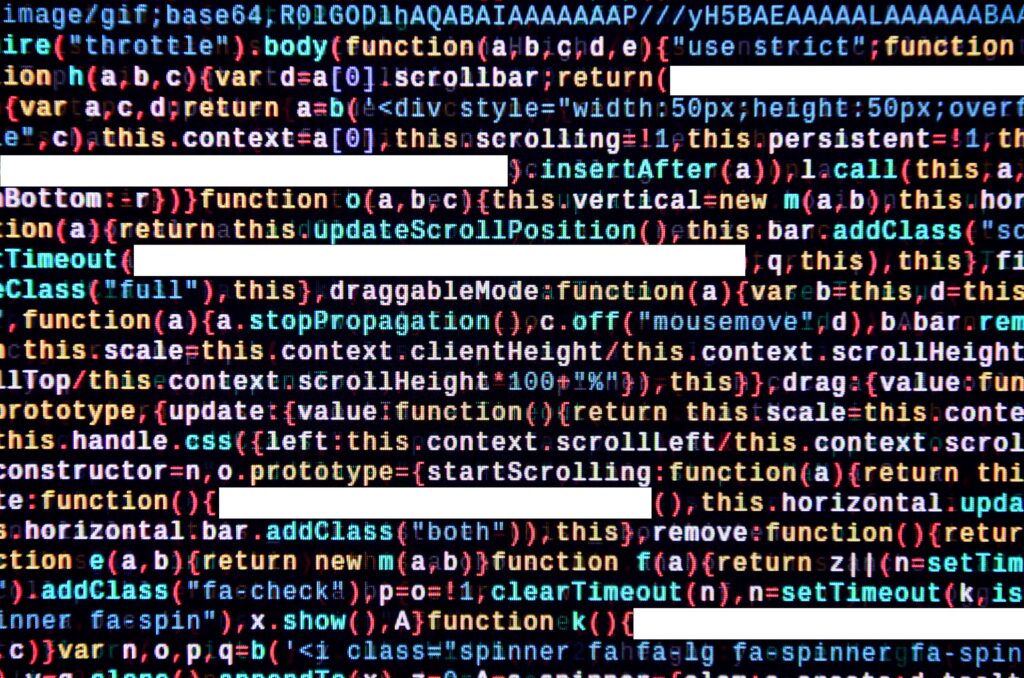AI is moving fast. It’s moving faster than we can govern and regulate it, and even sometimes faster than our understanding of its full impact. As we push the boundaries of what AI can do, everyone is scrambling to keep up. Thus, the guidance and governance around AI usage are still evolving.
In this time where governance is lagging, it is imperative that we take it upon ourselves to use AI responsibly. Being good stewards of AI isn’t just about compliance; it’s about trust, innovation, and long-term success. When we build AI responsibly, we create transparent, secure, and scalable technology that people can rely on. Thoughtful AI development leads to better products, stronger security, less adverse environmental impacts, and fewer unintended consequences. By taking responsibility now, we’re not just protecting ourselves from future laws and risks, we’re working to ensure that AI remains a force for good, driving progress in a way that benefits everyone.
Transparency
Transparency in AI is essential for trust, accountability, and responsible adoption. As AI becomes more embedded in business operations, products, and decision-making, people have a right to know when they’re interacting with AI rather than a human. We are already seeing legislation around this: recent bills relating to AI in both Colorado and California include a component centered around transparency.
Beyond just acknowledging AI’s presence, we should be clear about what models we are using and their known limitations. No AI model is perfect. Bias, inaccuracies, and gaps in training data can all affect outcomes. If an AI system is being used to generate content, make decisions, or provide insights, users should understand where it excels and where it might fall short. Model cards are a useful tool here. Many model platforms supply model cards with information about how the model was trained, its intended use, evaluation results, and potential limitations. These can be passed on in downstream applications to be transparent about what models are being used under the hood.
Explainable AI takes transparency a step further. It’s not enough to say, “This is what the model produced”, we want to be able to explain why to the best of our abilities. Generative AI can sometimes feel like a black box, which can be unnerving, both to developers who are used to consistent results and to end-users. Luckily, given the generative nature of these tools, we can ask them to explain themselves. In a recent client project, Element 84 has integrated steps in the workflow to have the model explain the steps it designed, explain the code it generated, and provide raw output of the code execution, so that this can all be inspected by developers.
Overall it is important to provide transparency about when AI is being used, what AI is being used, its limitations, and how AI is arriving at the results.
Security & Data Privacy
Data privacy is a huge challenge and concern when using generative AI. Many AI models are trained on vast amounts of data, but where that data comes from and how it’s used raises serious privacy (and ethical) concerns. If sensitive, proprietary, or personally identifiable information (PII) is fed into an AI system, there’s always a risk that it could be exposed, misused, or even embedded into the model’s outputs. A related concern is data persistence. Once data is used to train or fine-tune a model it’s often difficult, if not impossible, to remove it completely. Businesses using generative AI must have clear policies on what data is being processed, where it’s stored, and who has access to it. Without strong privacy safeguards, AI can quickly go from an innovation tool to a liability.

Ultimately, responsible AI use requires a privacy-first mindset and secure tooling to eliminate the desire to put private data into a public LLM. Businesses should adopt clear data governance policies, minimize the use of personal data in AI models, and educate employees on privacy risks. Generative AI has incredible potential, but without strong privacy protections, the risks can outweigh the rewards. Organizations that take data privacy seriously will not only reduce their legal and reputational risks but also create AI solutions that people feel safe using.
Ethical Considerations
AI use raises a wide range of ethical concerns, including data ownership, copyright issues, environmental impact, misinformation, and job displacement. Training data sourcing introduces its own set of ethical dilemmas: using data, research, or creative works without consent, as well as the potential for bias in AI-generated outputs.
Even code quality can be considered an ethical issue. As active participants in the open-source community, we recognize that collaboration and maintainability are fundamental to its success. If AI-generated code leads to lower quality, harder-to-maintain software, it could ultimately harm the community. Responsible AI use means ensuring that innovation enhances, rather than undermines, the ecosystems it touches.
Last year, Jason Gilman and I dedicated an entire blog post to sustainability in AI, so I will not elaborate more on that here, but the environmental impacts remain a topic of concern. In addition, transparency, as cited above, is critical to mitigating risks associated with AI.
Making responsible AI the norm
Overall, humans need to be accountable for their work and actions—machines cannot be held responsible. We must continuously evaluate AI as a tool, proactively understand its limitations, and monitor its output with a critical eye. AI should enhance what we do by making us faster, more efficient, and even better while remaining under human oversight.
To mitigate ethical concerns, businesses must take concrete steps to address bias, misinformation, data sourcing, and copyright issues. AI models inherit the qualities of the data they are trained on, so ensuring high-quality, vetted datasets is essential. Organizations should establish clear accountability for AI-driven decisions.
Businesses using AI should implement strong validation processes, require human oversight, and clearly disclose when AI-generated content is being used. Encouraging a “trust but verify” approach ensures AI remains a valuable tool rather than an unchecked source of misinformation. When using AI for software development, we need to continue to follow development best practices and make sure code is documented, reviewed, and tested.
AI is an extremely powerful tool that, when used responsibly, can bring significant benefits. Ensuring responsible AI development goes beyond awareness; it involves thoughtful action. The AI revolution isn’t just about technological progress, it’s about shaping that progress in a way that serves everyone responsibly. If you’re also working toward prioritizing responsible AI in your projects, or even just interested in learning more about potential solutions, we’d love to hear about your thoughts in this area. You can reach out via our contact us form, and our team will be in touch soon.

